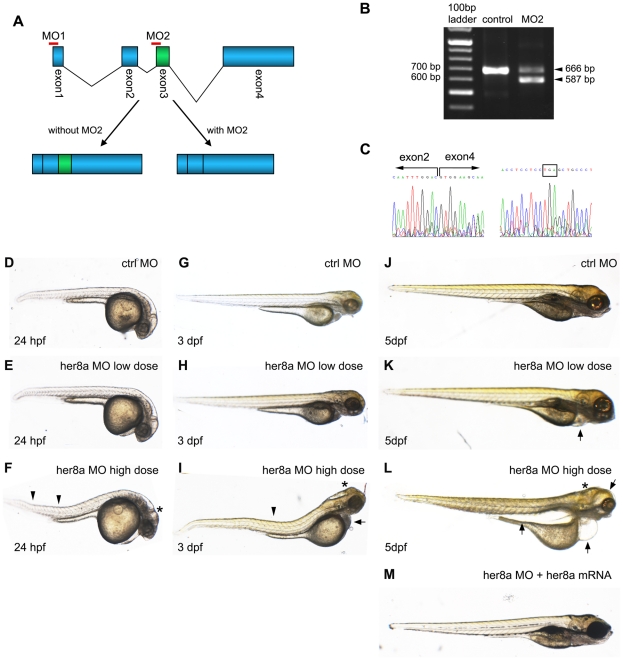Figure 4. Knockdown of Her8a by specific morpholino antisense oligonucleotides causes developmental abnormalities.
(A) Schematic representation shows the genomic organization of the her8a gene. Regions targeted by translational-blocking (MO1) and splice-blocking (MO2) morpholinos are shown. (B) The efficacy of MO2 was validated by RT-PCR using primers as indicated in A. Wild-type her8a mRNA produces a 666 bp PCR product while alternatively spliced transcripts from morphant embryos yield a 587 bp fragment. (C) The mis-spliced event resulted in loss of exon 3 confirmed by sequencing the 587 bp PCR product in B (left panel). The mis-splicing event resulted in a premature stop codon in exon 4 (boxed, right panel). (D–M) Representative images of morpholino injected embryos. (D, G and J) Control morpholino; (E, H and K) ‘low dose’ indicates 6 ng of MO1 or 4 ng of MO2 injection, resulting in indistinguishable phonotype; (F, I and L) ‘high dose’ represents 12 ng MO1 or 8 ng of MO2 injection, which resulted in identical morphological defects. Arrows denote bent body characteristics, and arrowheads indicate edemas in eyes, pericardial sac and abdominal cavity. Malformation of brains is marked by asterisks. (M) These morphological phenotypes can be rescued by concomitant injection of 2 ng her8a mRNA.

